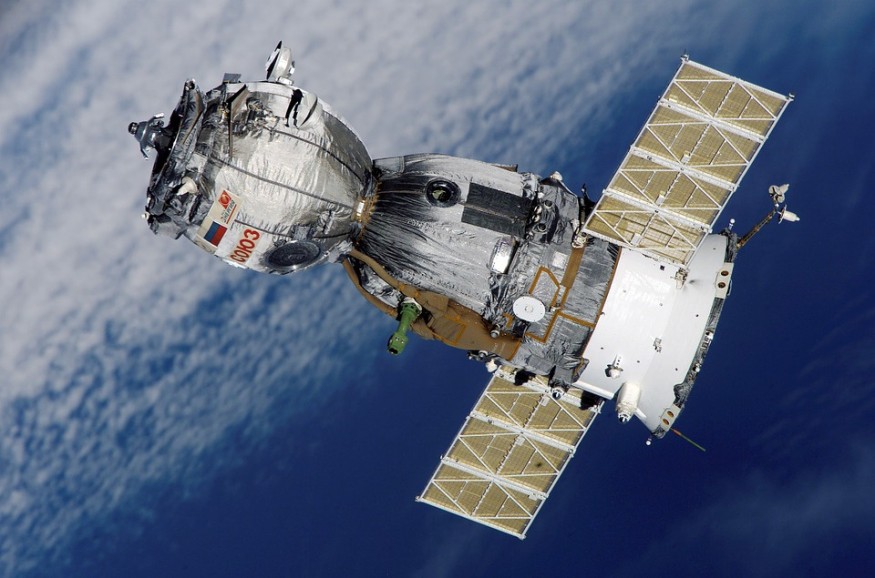
According to research, the consequences of a Carrington-type solar storm would be far more damaging nowadays, given that the Earth could expect flare storms more often.
In a new study published in the American Geophysical Union's journal Space Weather, scientists said solar storms of that magnitude could massively destroy the Earth's spacecraft, power grids, communication lines, and other materials that rely on electromagnetic waves.
Hisashi Hayakawa, an astrophysicist at Osaka University and lead author of the study, said the Carrington event is "no longer something unique."
During their research, the researchers noticed that the sunspots that produced solar storm on September 1st and 2nd, 1859 further discharged multiple other bursts. Those eruptions occurred from early August to early October 1859, according to the researchers. They added a solar storm also happened in August 27, 1859 and sent CMEs powerful enough to crash Earth's magnetic field.
Hayakawa and his team compared the Carrington Event to other storms in 1872, 1909, 1921, and 1989. The flare storms that happened in 1872 and 1921 were almost the same as what happened in the Carrington Event. But what happened in 1989 caused power outages in Quebec, Canada.
"While the 1859 storm was certainly one of the most extreme events, this seems at best comparable to the 1872 storm and 1921 storm in terms of its intensity," he said.
The researchers logically concluded that the Carrington Event wasn't the unique, powerful flare blast that people think it was. It may likewise require people to reconsider the frequency of this kind of disaster.
Meanwhile, Professor Abraham Loeb, chair of Harvard's Astronomy Department, said that Earth is increasingly more exposed to these coronal mass ejections.
The solar storm could cost the Earth up to £2.36trillion ($3trillion) in damage if another Carrington-type event struck today, he told Express.co.uk.
Loeb added the Earth is beginning to go towards the maximum, which is in approximately five and a half years—citing the Sun's 11- to 12-year cycle to change from solar minimum to solar maximum.
The professor added that the economic damage would likewise be bigger in the future if the solar storm will happen as people depend more on technology.
"The damage would be even bigger today because there would be even more infrastructure," Loeb noted.
Professor Loeb estimates that the most innovative alleviation would be to divert the blob of energetic particles away from the Earth, citing that the Sun occasionally releases hot plasma which can hit the planet from time to time.
Loeb added it would be a major construction project to create a magnetic deflector. According to him, it would cost them US$100 billion [£79.4billion] for the project—given that it would cost approximately US$1,000 [£795] to send a material weighing one kilogram into space.
For now, researchers underscored that preparing for solar storms depend on accurate forecasting. ESA's LaGrange Mission could likewise help in the forecast. However, researchers said protecting the satellites and communicating systems is still a work in progress. Nobody, even the researchers, seems to have an answer as to how to preserve them yet.
© 2025 NatureWorldNews.com All rights reserved. Do not reproduce without permission.





